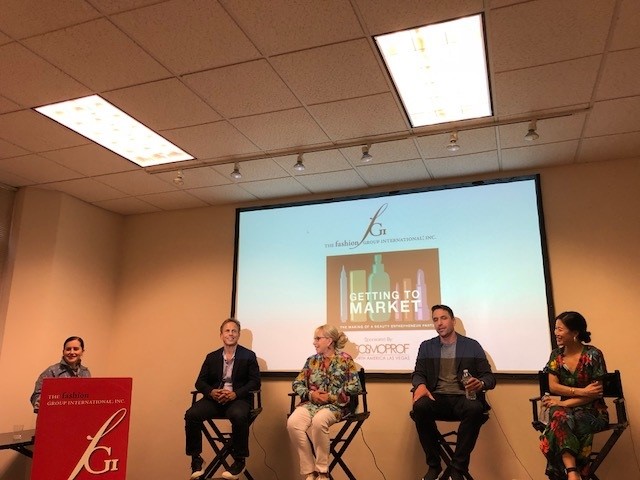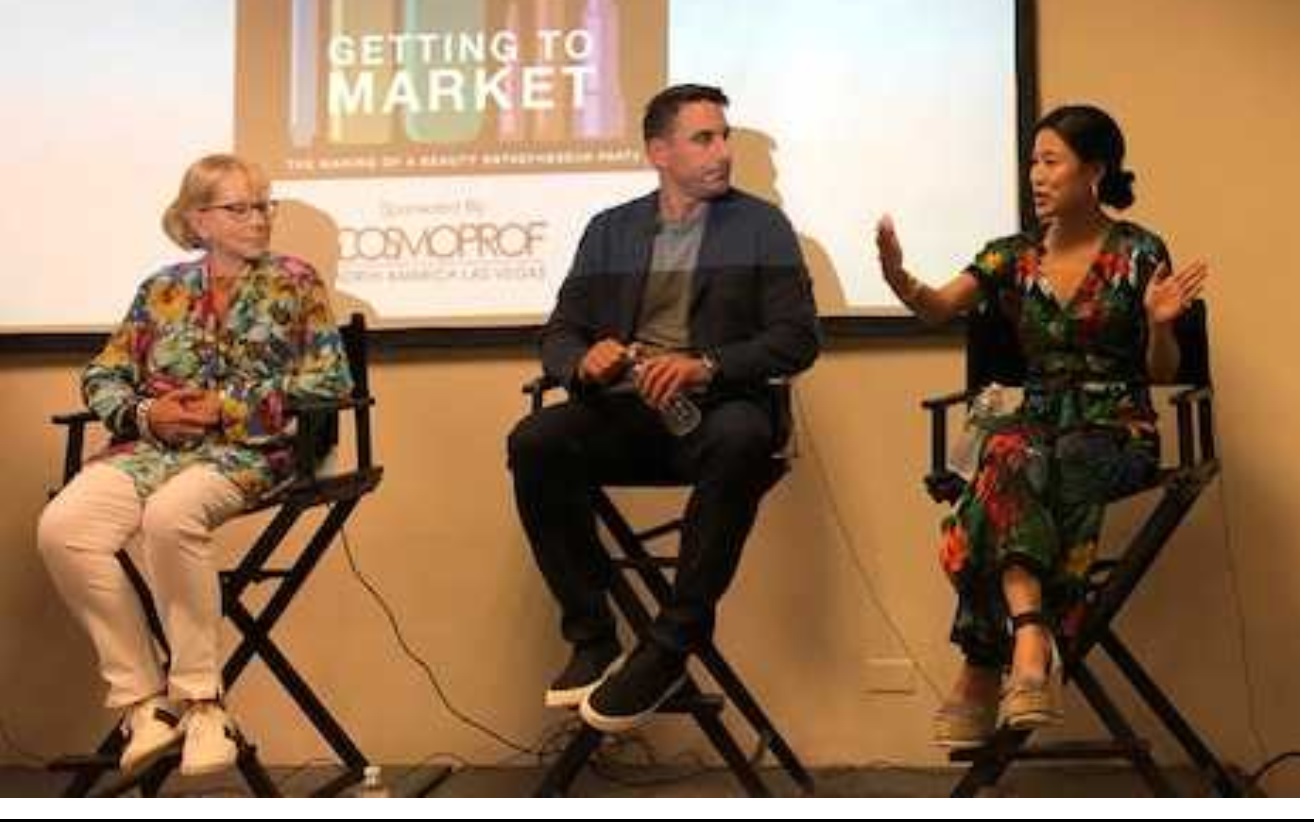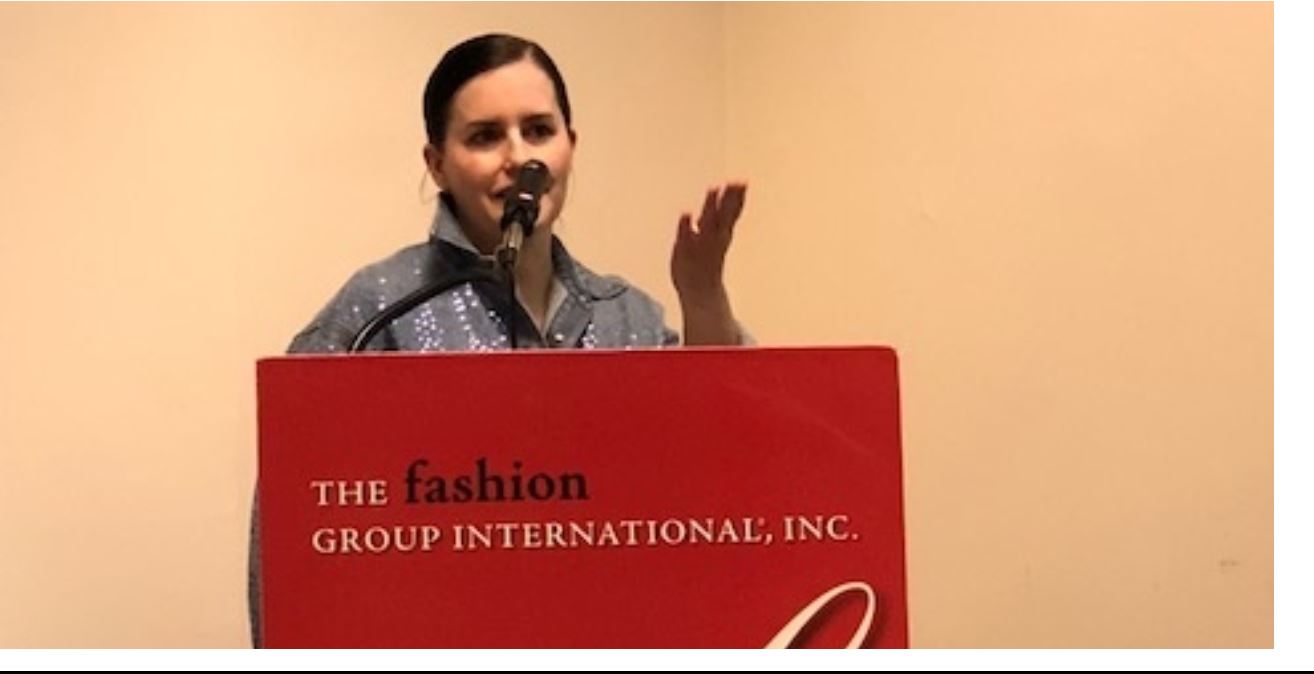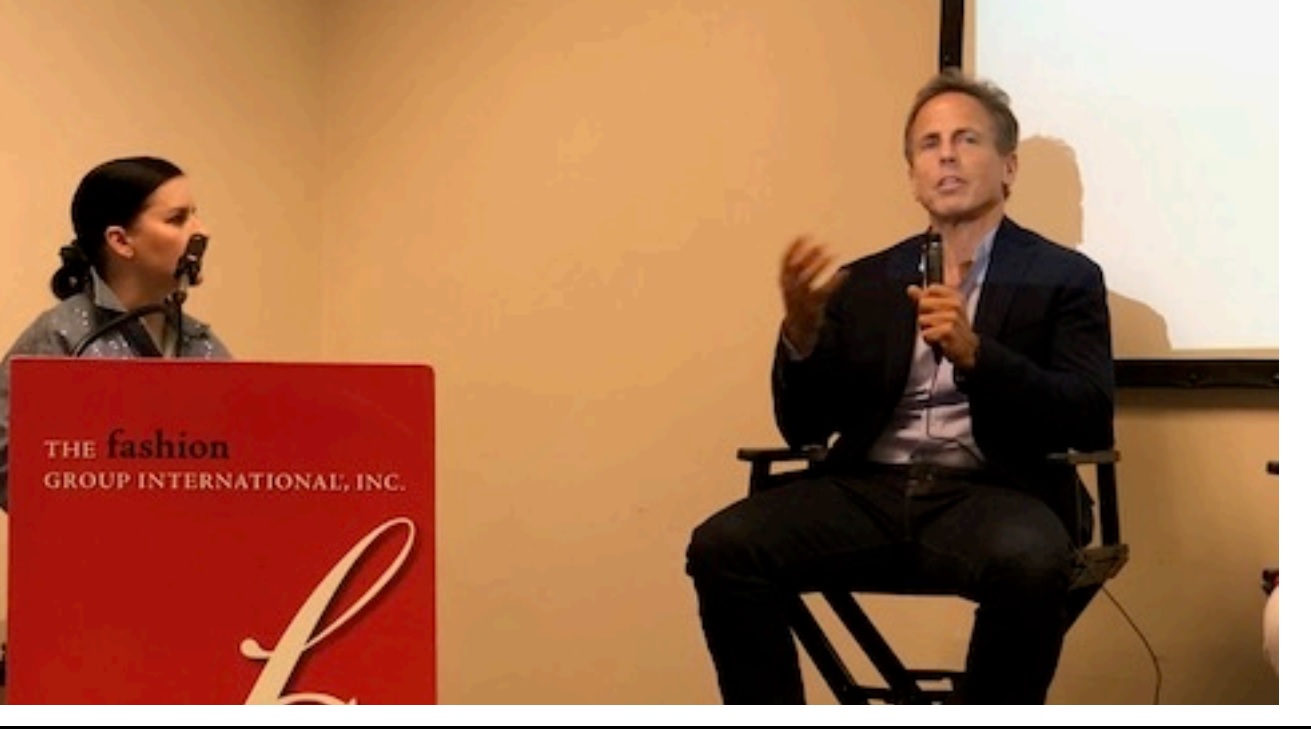
Web Developers
This week, the Coresight Research team attended Fashion Group International’s “The Making of a Beauty Entrepreneur” panel in New York City. The event was sponsored by Cosmoprof North America and featured a panel of five beauty industry leaders who shared their expertise on brands and the panelists provided insights on today’s beauty consumer. The panelists were Ian Ginsberg, President, C.O. Bigelow; Larry Kahn, Partner, Managing Director, Beechwood Capital; Alicia Yoon, Founder, Peach & Lily; and Barbara Zinn Moore, Founder, Barbara Zinn Moore Associates. Emily Dougherty, Editor in Chief, NewBeauty, moderated the discussion. Here, we share our top takeaways from the event.



Efficacy Is the Most Important Component of a Beauty Brand Today
Moderator Emily Dougherty, who has tested thousands of products over the course of her career, opened up the evening’s discussion by asking the panelists, “How important is efficacy as part of the overall beauty story for the consumer?” Barbara Zinn Moore believes that efficacy is critically important. It is easy to sell a product once with a cute product or a fun name, but it had better work, she said. Alicia Yoon, whose company is a retailer of K-beauty products (beauty products from Korea), said that Peach & Lily discovers very many Korean beauty products, each with each own story—but the company carefully selects and curates only 5% of all the brands that they test and discover. The company’s curation standard is very stringent. Peach & Lily has found that the backbone of a successful beauty brand is the formula, and while a strong story is important, product efficacy comes first. Yoon said that the brands that do “phenomenally well” on her company’s website are the ones that perform at the highest levels. Peach & Lily launched its own namesake skincare collection in July, and the collection sold out several times within the first week of launching after years in product development, working with a top-tier lab. Yoon said that almost no one was willing to work with the company because the laundry list of efficacy results that they were seeking was so long. The skincare collection was launched without a marketing budget and news of the collection spread by word of mouth. “Efficacy is, bar none, the most important thing,” Yoon said, “and brands today are working towards efficacy in gentle, clean formulas.”
Barbara Zinn Moore, Founder, Barbara Zinn Moore Associates; Larry Kahn, Partner, Managing Director, Beechwood Capital; Alicia Yoon, Founder, Peach & Lily Source: Coresight Research
Storytelling Only Works if a Brand Has Soul
Ian Jay Ginsberg, whose firm C.O. Bigelow is a multigenerational apothecary selling global luxury products that was founded in 1838, described the evolution of storytelling and beauty brands. Dougherty asked Ginsberg his thoughts about how brands are using storytelling today, and how storytelling has changed. Brands are using the same types of stories over and over again, whether it be “a sustainability story,” a personal story,” or a “free-from story,” but the stories are missing heart and soul. A red flag is when brands are just repeating the same story that they have heard, or when brands are just jumping on the latest beauty trend bandwagon without any real feeling. The bad news (and the good news) is that the barriers to entry are low for beauty, so if there is no heart or soul to the brand, there will always be another brand in line ready to reach the consumer in the same way. Ginsberg believes that beauty is an emotional connection, so if you cannot tell someone why it is interesting in two sentences, you will bore them, and yourselves.
Emily Dougherty, Editor-in-Chief, NewBeauty, Moderator Source: Coresight Research
Cost Per Click Is Getting So Expensive that it Makes Sense for Brands to Invest in Brick and Mortar
Dougherty asked the panelists about the future strategies of beauty in terms of direct-to-consumer, offline strategies and omnichannel. Zinn Moore said that she is a “store person” and believes that brands need more than just a website. Zinn Moore said that the cost per click has become so expensive over the past four years that it makes sense for brands to invest in brick and mortar because the expenses are nearly even on both channels. Zinn Moore said that in order to have a large business on a website today, you have to have a lot of people buying online, so she recommends diversifying. Ginsberg added that the online space is become more crowded every day because someone is always coming out with something new. The Warby Parkers and the Harry’s of the world thought that they could survive online alone, and could not, he added. Stores are not investing in pop-up shops because they think it is a good idea, he said; they are doing it to get their brands in front of people. Yoon added that beauty is difficult to be “online only” because it is such a touch-and-feel product category; replenishment may happen online, but it is challenging to convince someone to try something for the first time after only seeing videos online. Using online and offline together is very powerful because brands are able to very quickly test online what consumers are responding to, which will feed the offline stores. This is the way that consumers shop today—reading more than 50 brand reviews, seeking “skin twins” and researching brands as they shop in-store. Yoon said that she sees the brands that will win as those that can most creatively combine the online and offline because that is the way consumers shop. Ginsberg added that consumers seek and want in-person validation; he said that consumers come into C.O Bigelow’s shop in New York City with questions and inquiries all day, for items that they may frequently be able to find online—because they are seeking one-on-one interaction and assurance.Investors Are Looking for Beauty Brands that Solve for a Problem, Have the Potential to Become Something Bigger and Have a Passionate Leadership Team
Asked what he looks for when he invests in a beauty startup, Larry Kahn said that he looks for three main criteria. First and foremost, he looks to see how the founder and their experience and passion will fit, and how they will work together. Kahn highlighted that investing in a startup is like a marriage because ideally the investor and startup will be working together for a long time, so it is important to feel confident and “vibe well” with the management team. Second, Kahn looks at what problem the brand is solving and the reason for being and existing. What is the compelling proposition for the market? Is there a brand differentiator? Third, he assesses whether there is a greater potential for the brand to become a platform or to become bigger, and whether the beauty brand is a kernel that can expand and grow. Dougherty asked Kahn how his firm finds new brands today. Beechwood Capital uses multiple channels—influencers, warm and cold inbounds, dialogue with companies and networking from events. Kahn said that he still finds the most exciting part of his job to be meeting and discovering a potential new visionary brand of tomorrow.Packaging Is of Upmost Importance in Attracting Consumers Attention Today
Panelists discussed the importance of packaging in attracting consumer attention. Ginsberg said, “A buyer told me if she doesn’t take a photo within the first 20 seconds of being in the store, then forget it. It will be a drive-by.” He said it is unfortunate. A brand can can have the best product with the best story, but there has to be a reason for the customer to stop. Packaging is very important—with over 20,000 SKUs, the packaging has to be compelling for consumers. Zinn Moore and Ginsberg both suggested using packaging and design specialists—for there is a reason that there are industry specialists in these fields.